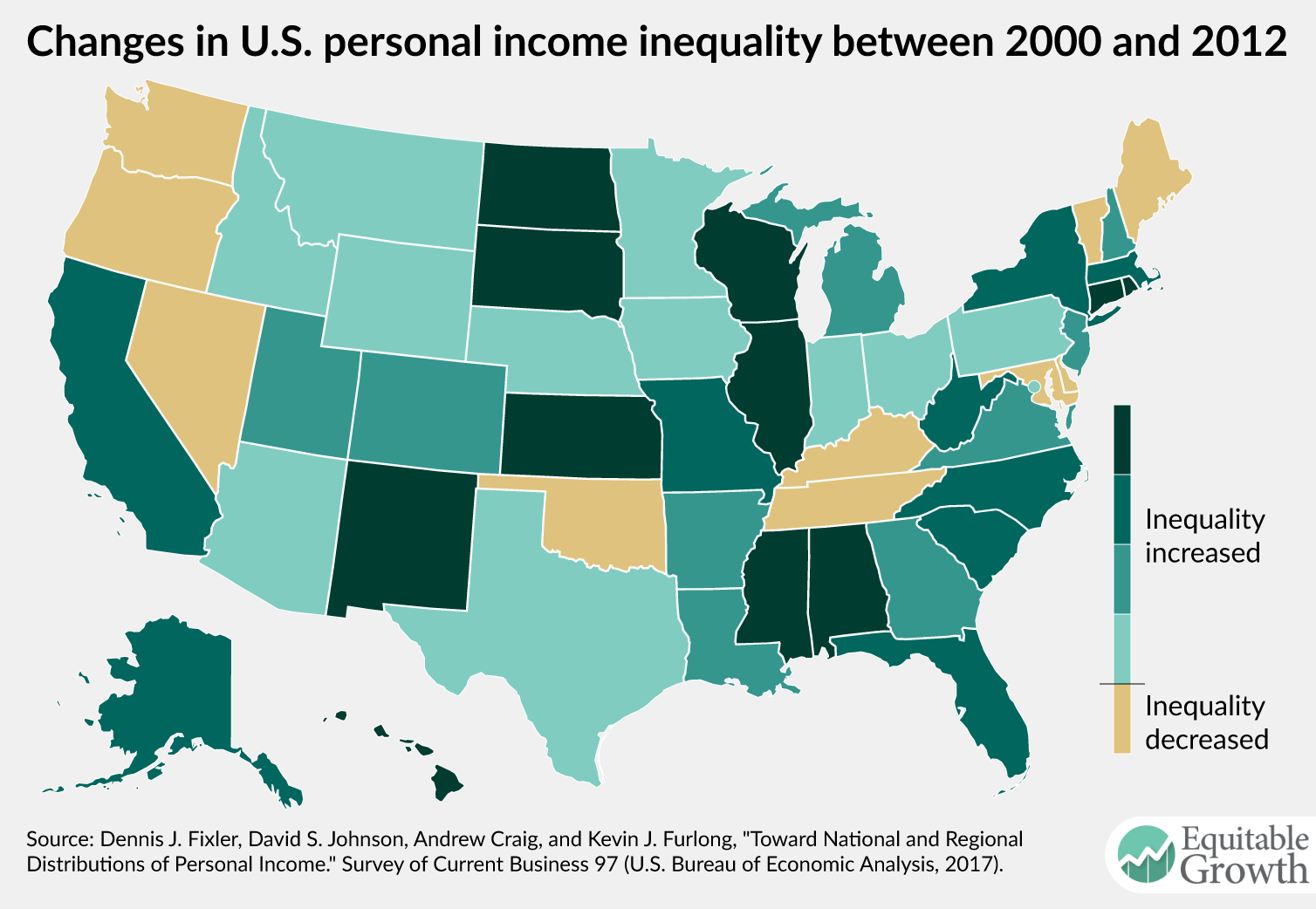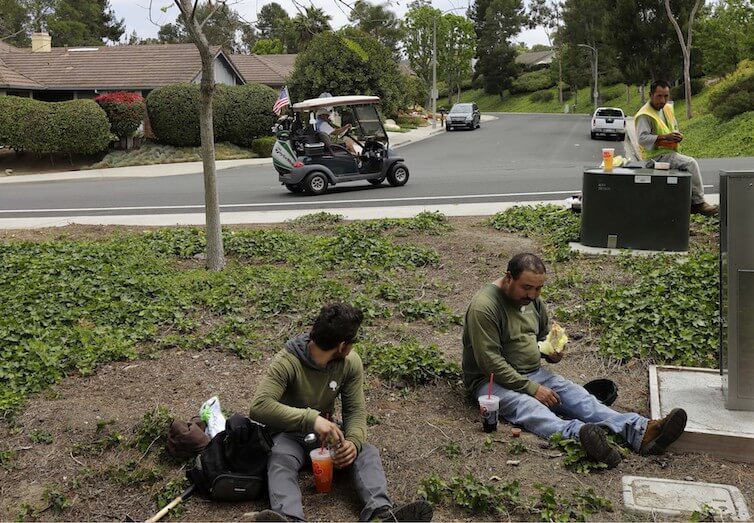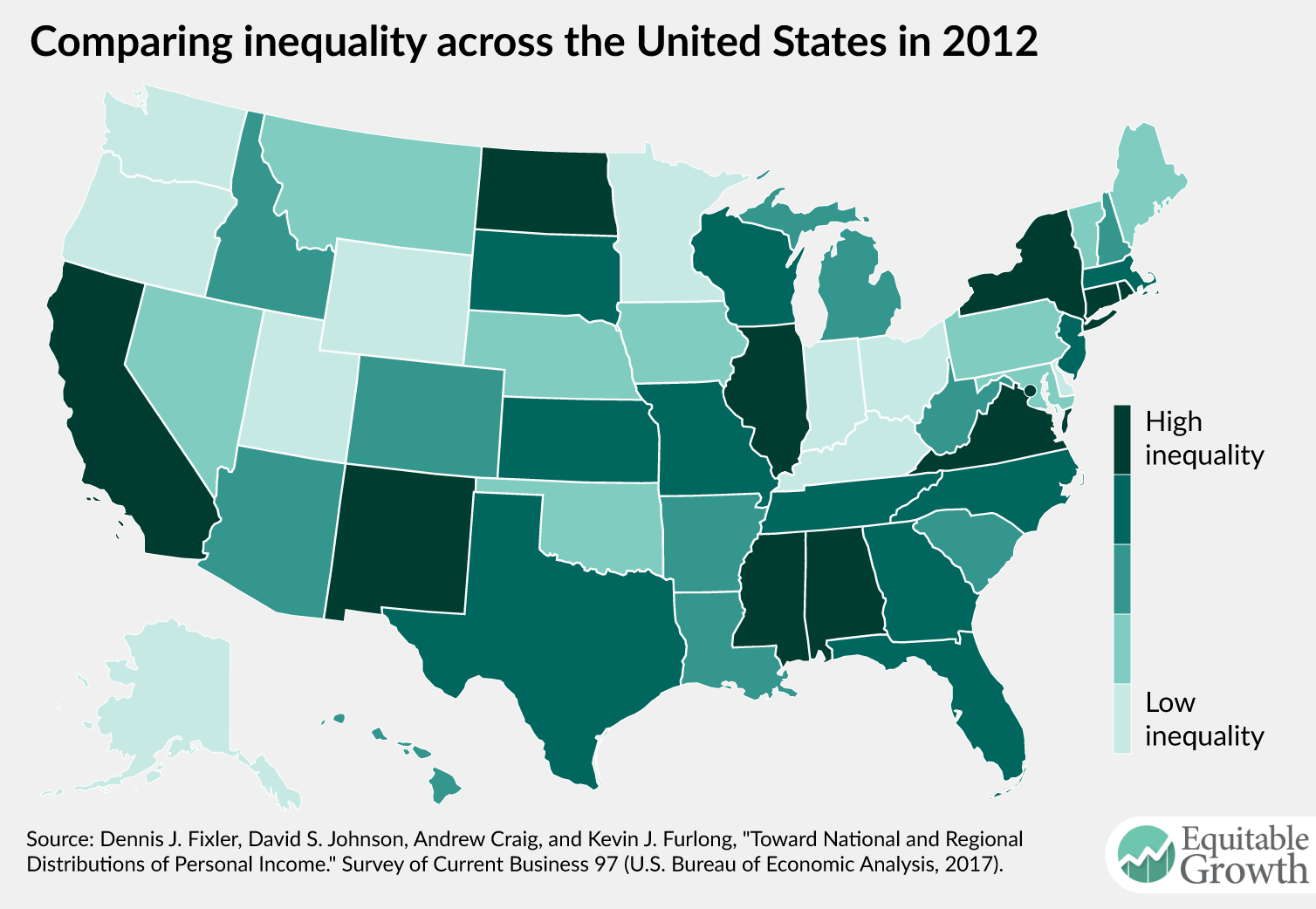Should-Read: I want to talk about “mainstream economists”—whatever that means. Simon Wren-Lewis wants to talk about “academic economists” and to (sharply?) distinguish them from “City economists”. And he wants to talk about after “the reason for the Eurozone crisis had been resolved by Paul De Grauwe”. That is—I think—most of why we seem to disagree:
Simon Wren-Lewis: Misrepresenting Academic Economists: “Brad DeLong [says]…
…The fact is that the “mainstream economists, and most mainstream economists” who were heard in the public sphere were not against austerity, but rather split, with, if anything, louder and larger voices on the pro-austerity side…
The dodge, and I think it is a pretty good dodge, is that politicians and a good part of the media choose the economists they publicise…. How were people outside economics… to know that particular [pro-austerity] academic economists were unrepresentative of the majority?… I’ve argued that the majority of academic macroeconomists were always against austerity, particularly once the reason for the Eurozone crisis had been resolved by Paul De Grauwe, but the evidence I use to back this up is piecemeal and indirect (see here, pages 3 to 4)…. I think the experience with austerity and Brexit suggests it is time for national economics associations (like the RES or AEA) to start representing the opinions of economists by conducting such polls of their members under their own initiative…
But there are other things we seem to disagree on as well. First, who are these “City economists”? And why does Simon dismiss them from the academic “mainstream”? Simon:
We have a particular problem… the influence of economists working in the City… some wise and experienced… but… many with limited expertise and sometimes fanciful views.. [whose] main job is to keep their firm’s clients happy…. Their views tend to reflect the economic arguments of those on the right: regulation is bad, top rates of tax should be low, the state is too large, and budget deficits are a serious and immediate concern. And part of their job is publicity, so they are readily available when the media needs a reaction or a quick interview…. Large sections of the print media have a political agenda. Unfortunately the remaining part, too, often seeks expertise among City economists who have a set of views and interests that do not reflect the profession as a whole…
I have also talked about the influence of City economists in the reporting of macroeconomic issues, which is obviously true on both sides of the Atlantic. The absence of a clear locus for received academic wisdom on fiscal policy, in contrast to monetary policy and central banks, could be important…
Most of the day-to-day macroeconomic news is about short-term market movements, and the obvious source for comment are economists working in the City. Ask an academic about why sterling moved yesterday or the latest retail sales figures, and they will probably say they have no idea…. Most of the time, therefore, academics are of little help to economic journalists. As a result, those journalists tend to establish contacts with City economists…. The problem is that City economists are not the best source for advice on major macroeconomic policy issues, like what to do with the deficit…. What we often get reported instead is what “the market” thinks… code for the speculation of City economists who have little policy expertise and a set of biases that come from the financial sector (deficits are bad, low taxes are good). City economists also have an interest in hyping up the unpredictability of the markets, and their unique role in being able to interpret the market’s fickle moods. The market is like some unpredictable god, and City economists are the high priests who can tell whether their god likes a particular policy…
Second, some of what is going on is that the U.K. press is worse than the U.S.: The U.K. press is, to a large degree, simply Fox News. The U.S. press is, to a large degree, simply “opinions of shape of earth differ”. Thus the problems he sees are more media-centered than the problems I see.
But I do think that there is a third thing: I think that he massively underestimates that fraction of even his academic economists who in 2009-11 were thinking: monetary policy is powerful, we are going to get a V-shaped recovery—and quickly—thus the stimulative need for expansionary fiscal policy is small, and structural deficits at full employment are very damaging and very hard to eliminate.




